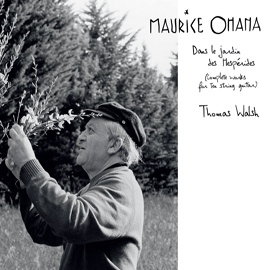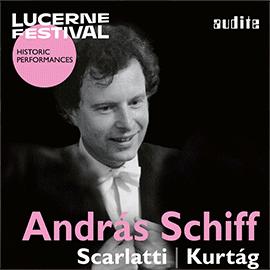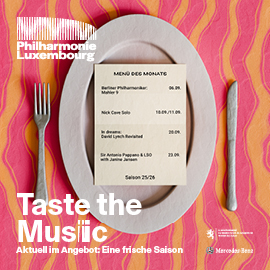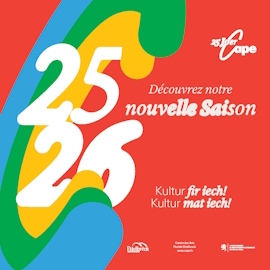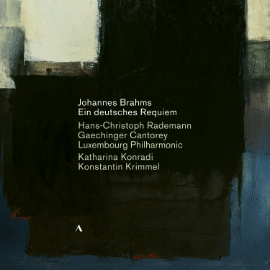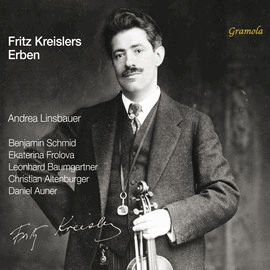Das Sales Sheet dieses Albums erklärt: « Ellis Island ist eine klangliche Odyssee, die Geschichte einer Pianistin mit doppelter Herkunft, Julia Hamos, die sich auf diesem ersten Album mit ihren familiären Wurzeln, den amerikanischen und ungarischen, auseinandersetzt ». Und während sie das musikalische Ungarn des 20. Jahrhunderts erkundet, nimmt sie den Hörer auch mit nach New York, ihrer ersten Heimat.
Das Programm beginnt mit einem Auszug aus Kurtags Jatetok und gelangt über das minimalistische Stück Ellis Island von Meredith Monk zu Kurtags Acht Klavierstücken op. 3, einem Zyklus, der sehr experimentell und rhythmisch klingt, ein Charakterzug, den Julia Hamos schonungslos herausarbeitet.
Eine bereichernde Entdeckung ist Myself When I Am Real des Jazzmusikers Charles Mingus (1922-1979), nach dem Ligetis Fanfares wie eine Explosion wirkt.
Bartoks sechs Tänze sind Teil des Mikrokosmos, einem über 150 Stücke umfassenden Werk. Julia Hamos spielt sie nicht aggressiv, doch es gelingt ihr. das Motorische der Musik mit viel Gestaltungsphantasie zu bereichern.
Nach den zwischen Strenge und fast beängstigender Ruhe wechselnden Auszügen aus Jatekok folgen Bartoks 15 Ungarische Bauernlieder, mit denen Julia Hamos dann definitiv in Ungarn angekommen ist, und ihre Interpretationen sind erfüllt von berührender Nostalgie.
Und so kann dieses Album nicht zuletzt auch wegen dem klaren, bestens artikulierten und technisch hervorragenden Spiel der Pianistin vollauf überzeugen.
The album’s sales sheet explains: « Ellis Island is a sonic odyssey, the story of pianist Julia Hamos, who has dual heritage. On this first album, she explores her American and Hungarian family roots. » While exploring the musical Hungary of the 20th century, Hamos also takes listeners to New York, her first home.
The program begins with an excerpt from Kurtág’s Játékok and progresses to the minimalist piece Ellis Island by Meredith Monk and then to Kurtág’s Eight Piano Pieces, Op. 3, a cycle that sounds experimental and rhythmic – a trait that Hamos relentlessly brings out.
A notable discovery is ‘Myself When I Am Real’ by jazz musician Charles Mingus (1922–1979). After this piece, Ligeti’s Fanfares sounds like an explosion.
Bartók’s Six Dances are part of Mikrokosmos, a work comprising over 150 pieces. Hamos does not play them aggressively; rather, she enriches the motoric nature of the music with creative imagination.
Alternating between austerity and almost frightening calm, the excerpts from Jatekok are followed by Bartók’s 15 Hungarian Peasant Songs. With these pieces, Julia Hamos has definitely arrived in Hungary, and her interpretations are filled with touching nostalgia.
This album is completely convincing, not least because of the pianist’s clear, perfectly articulated, and technically outstanding performance.









